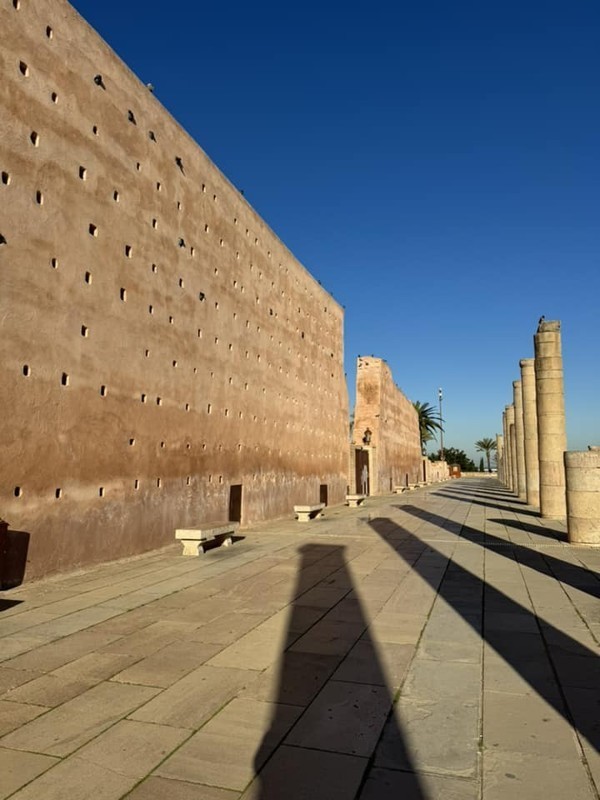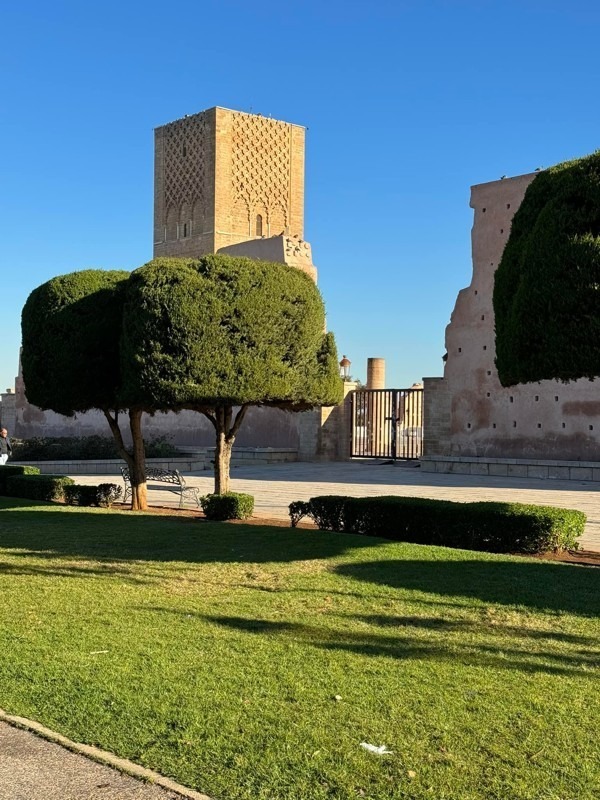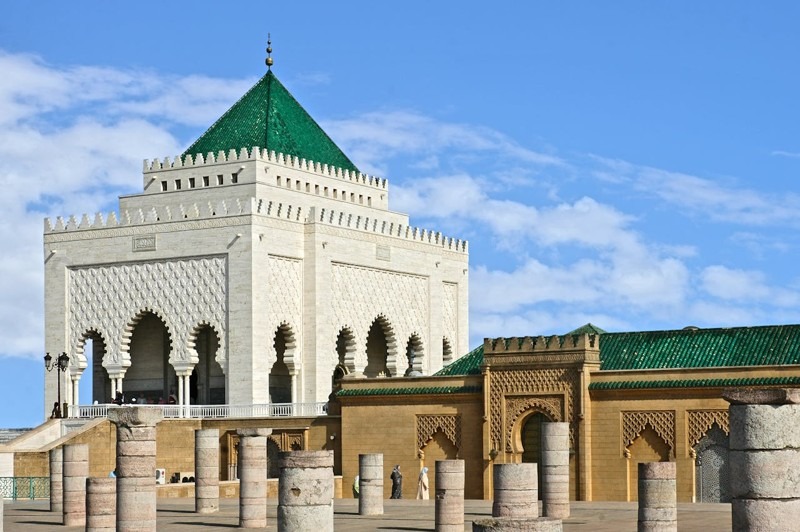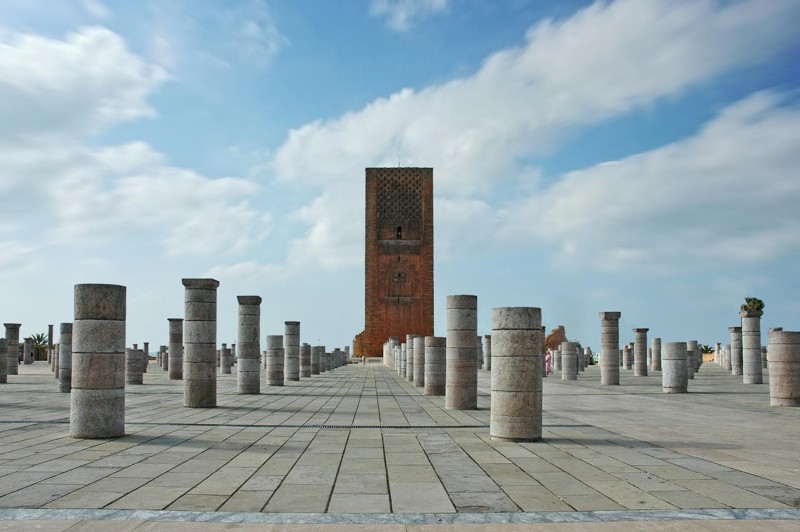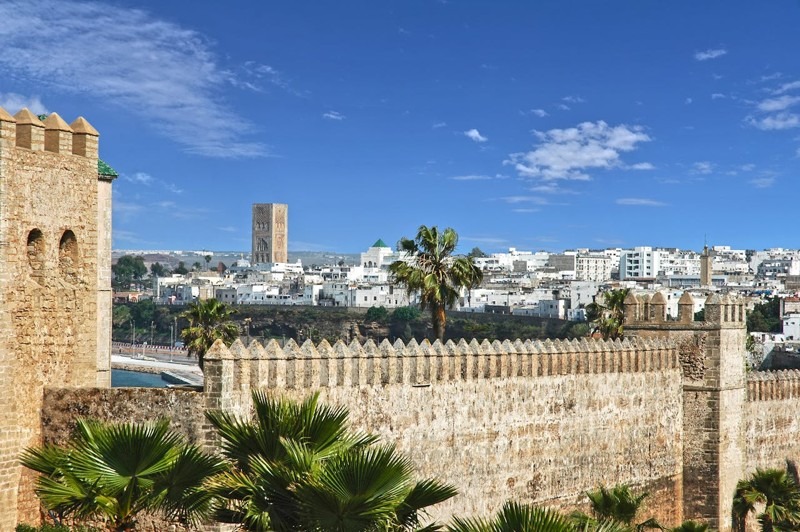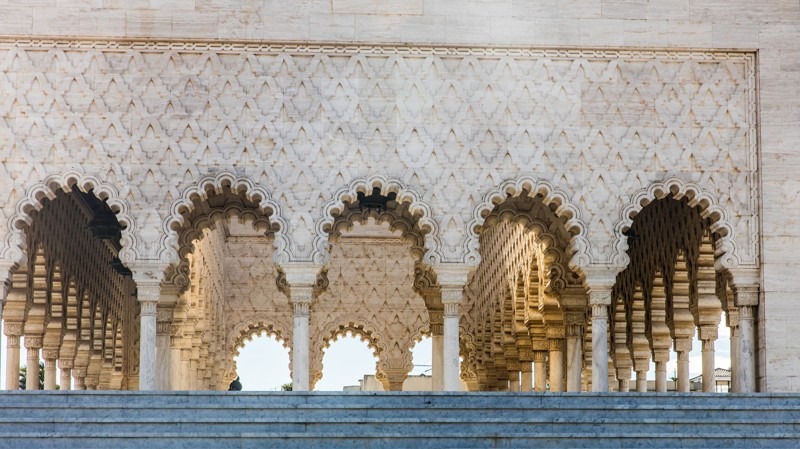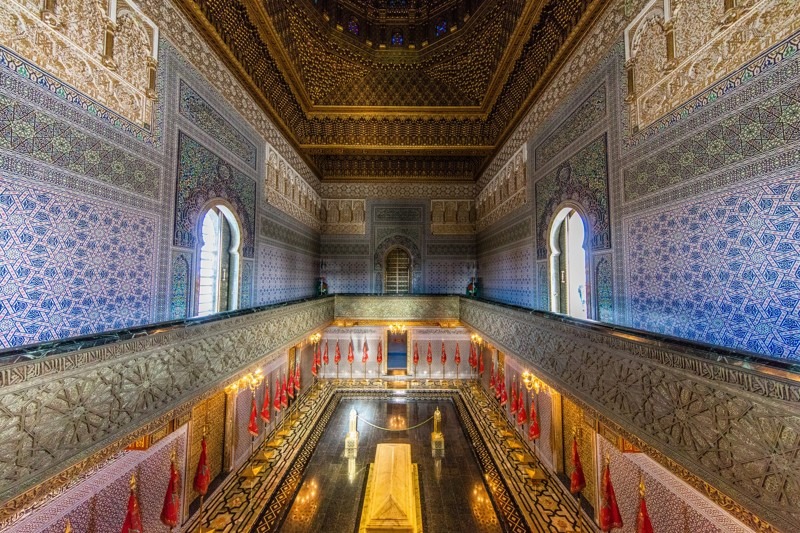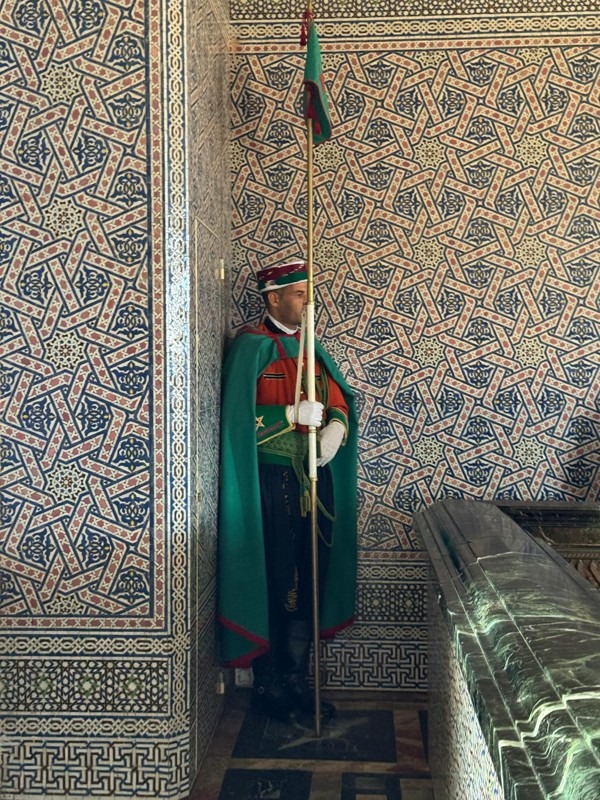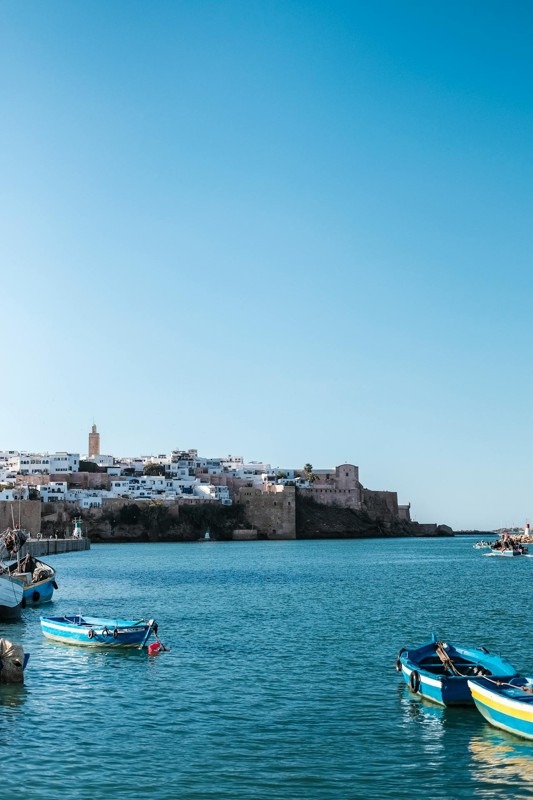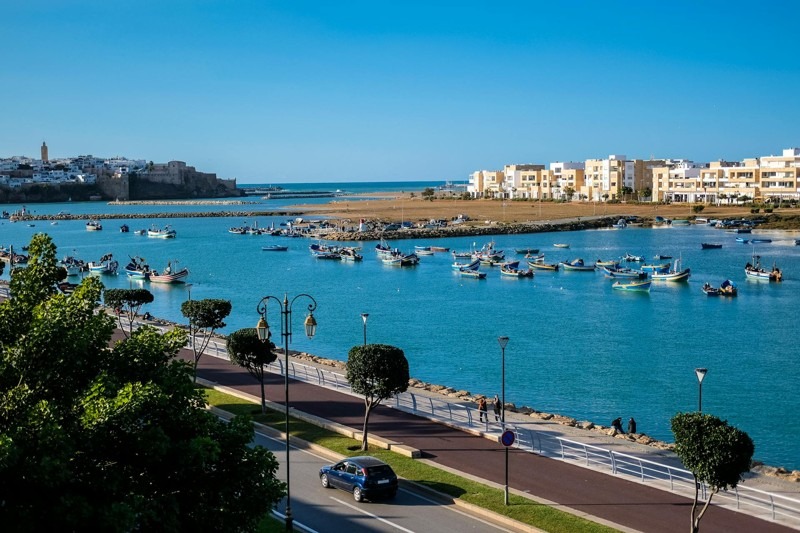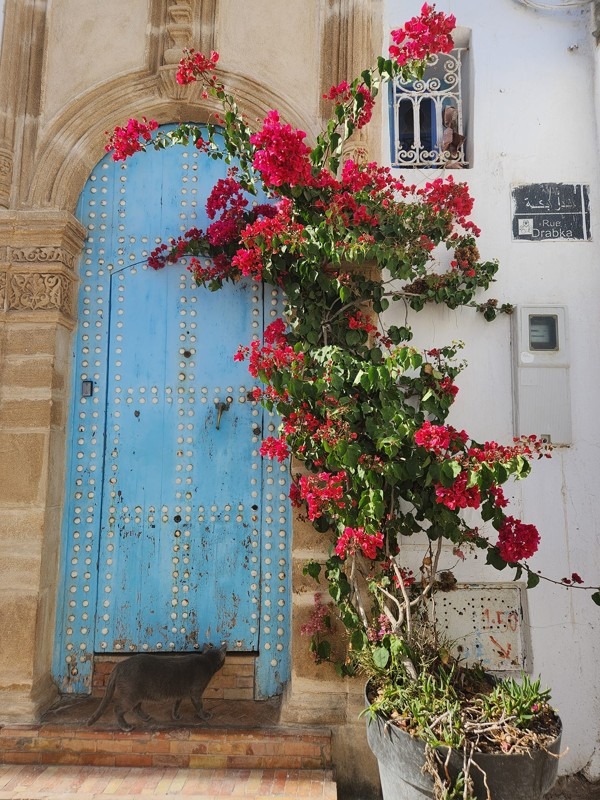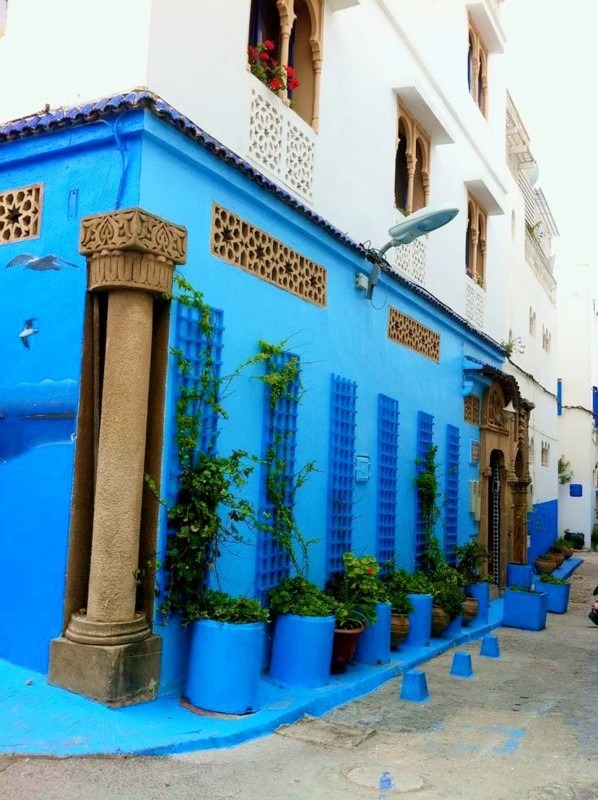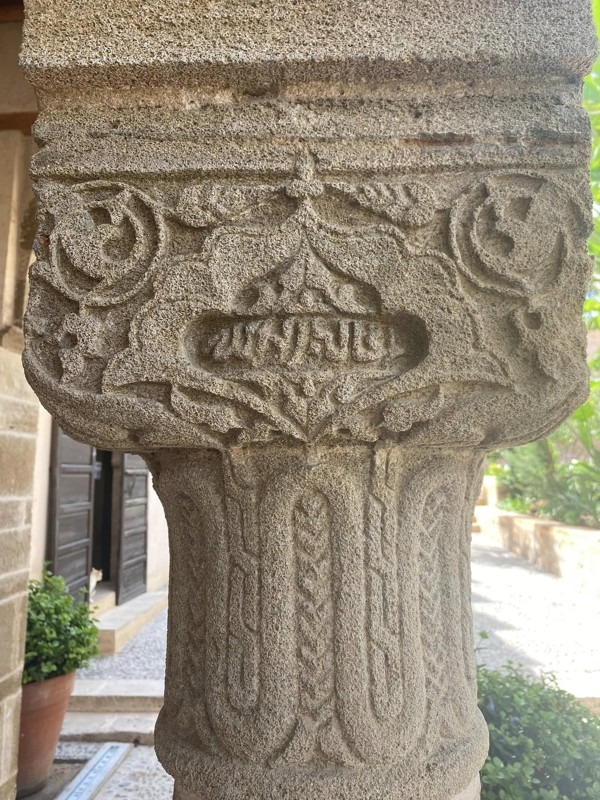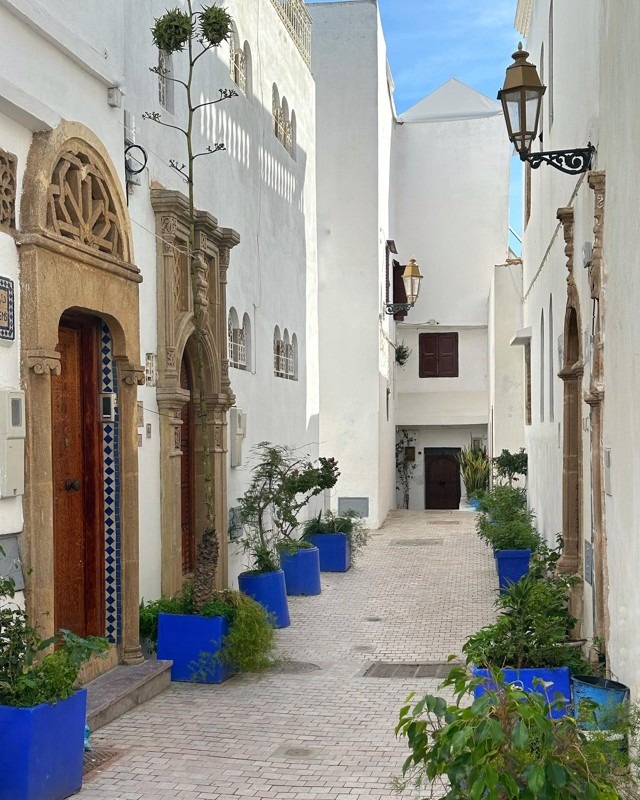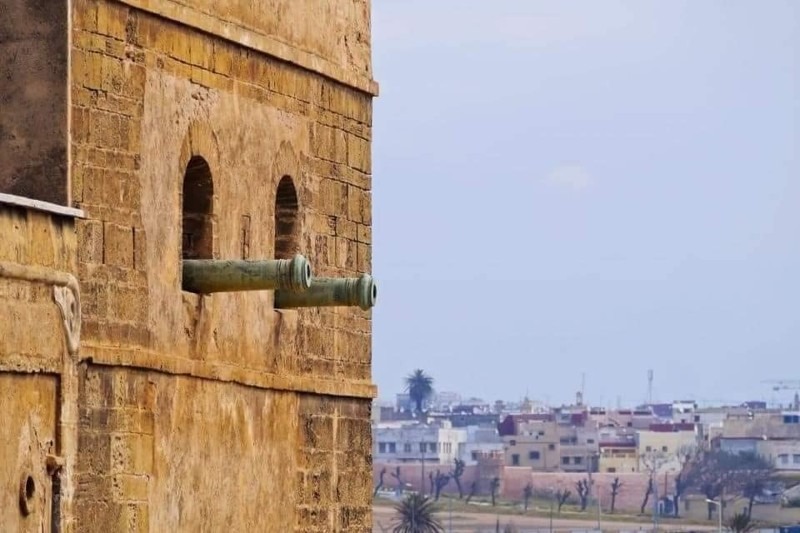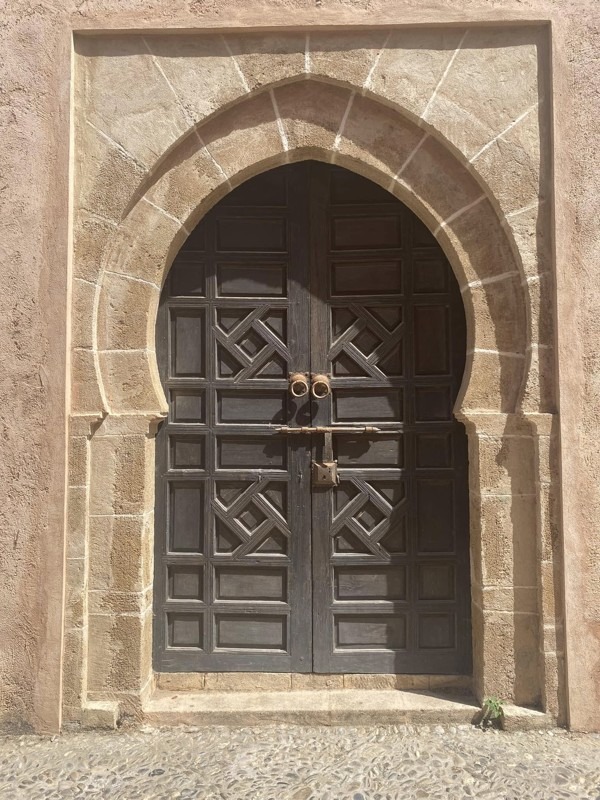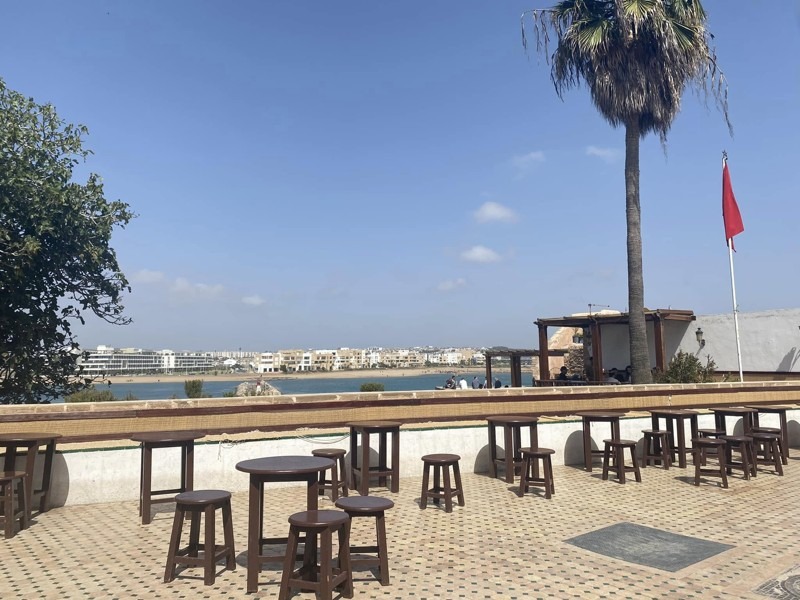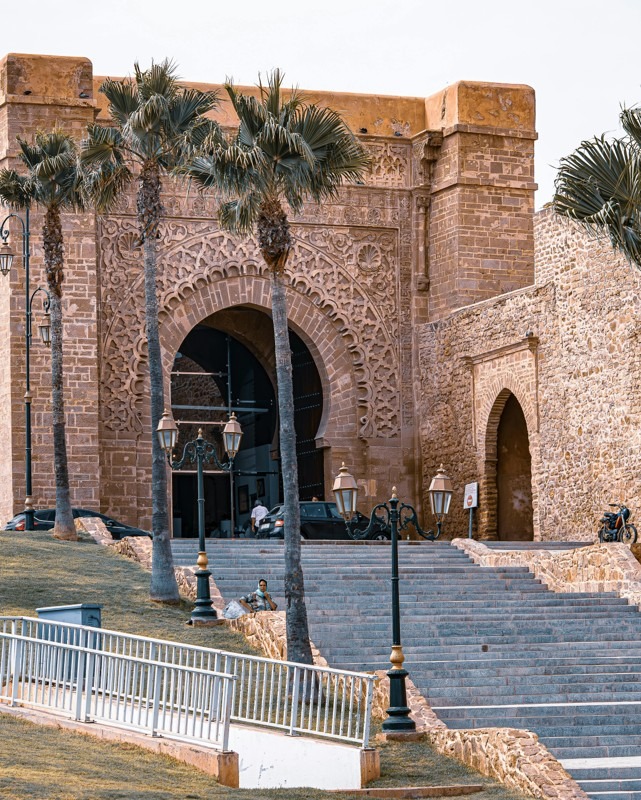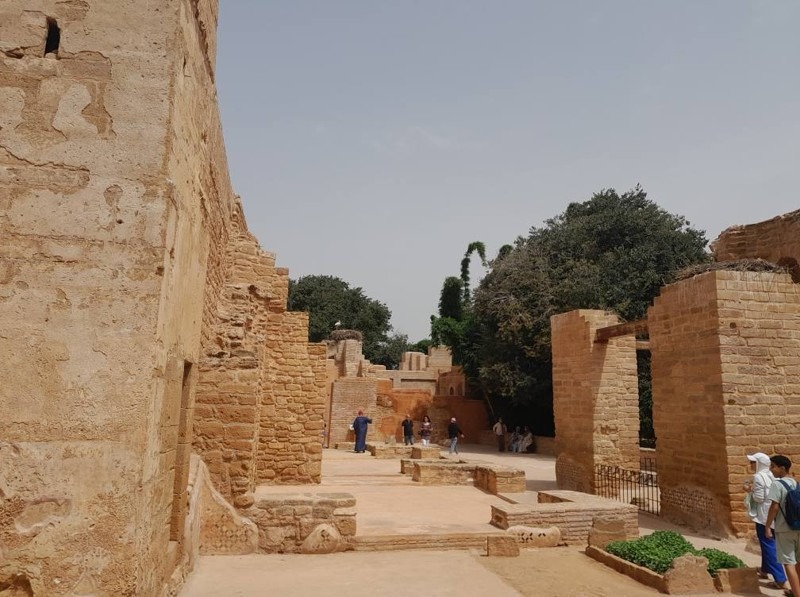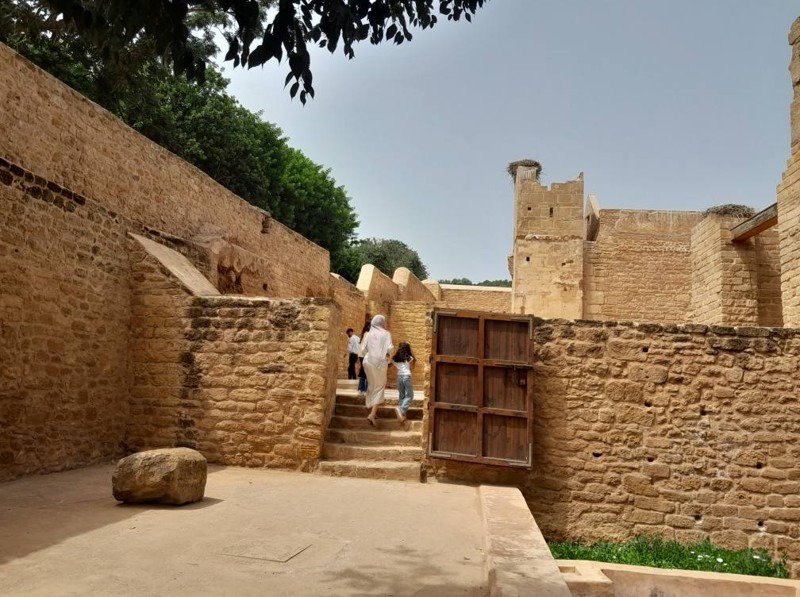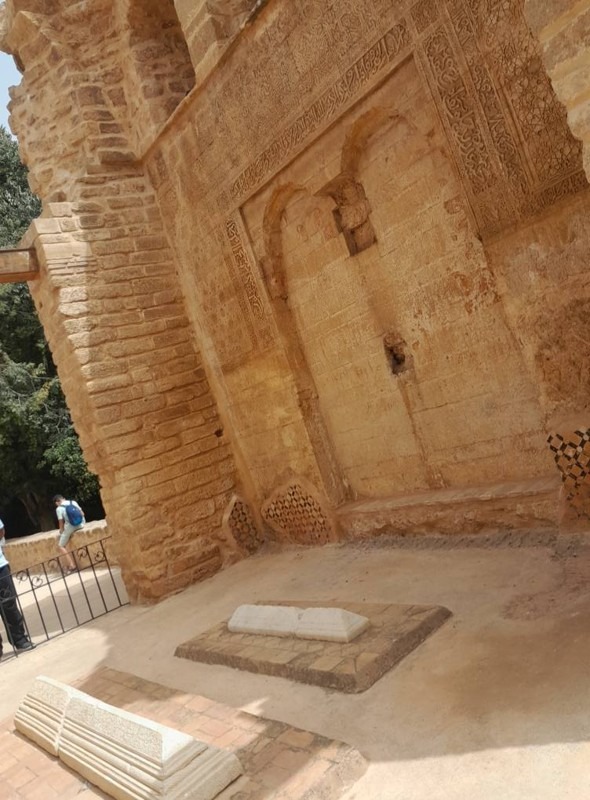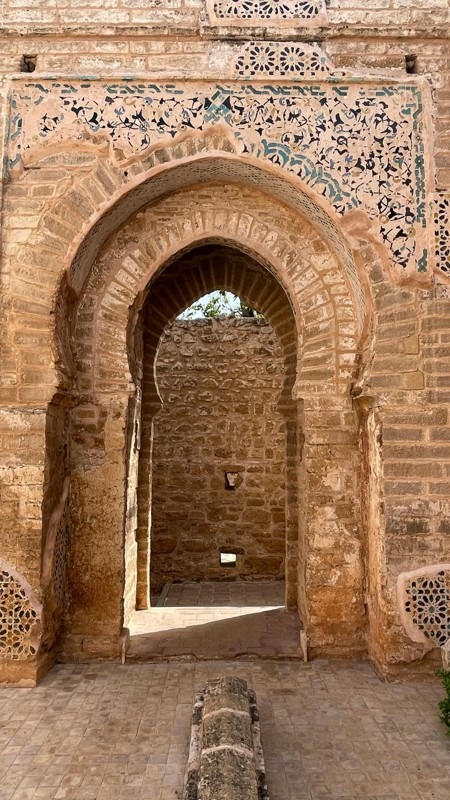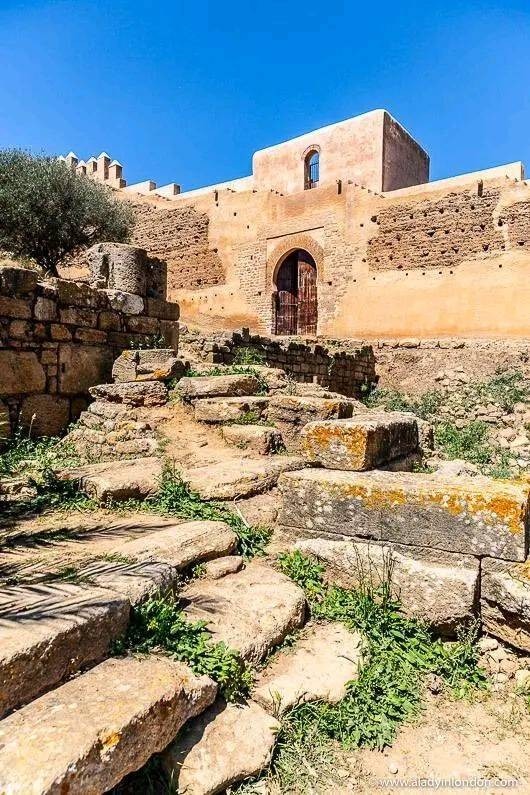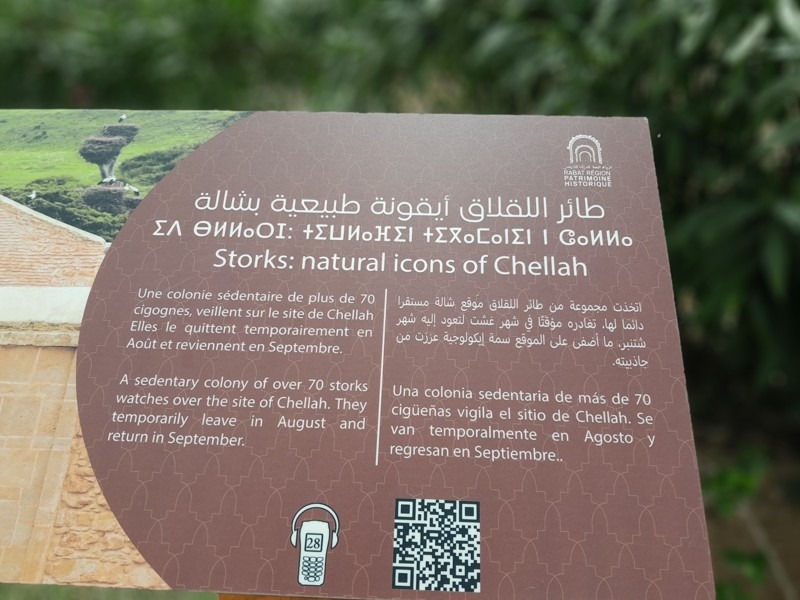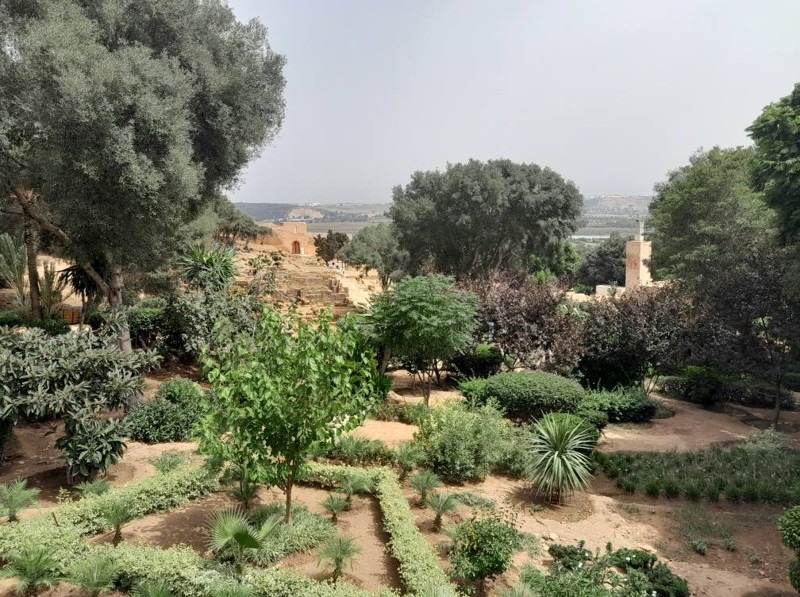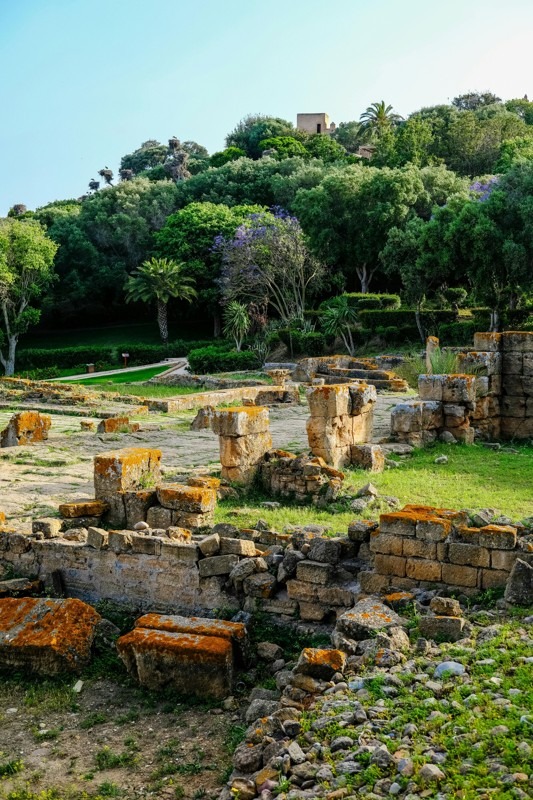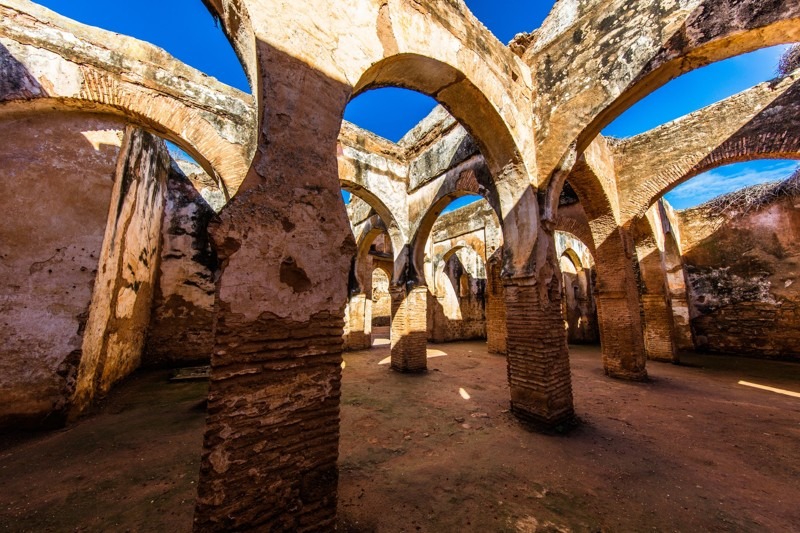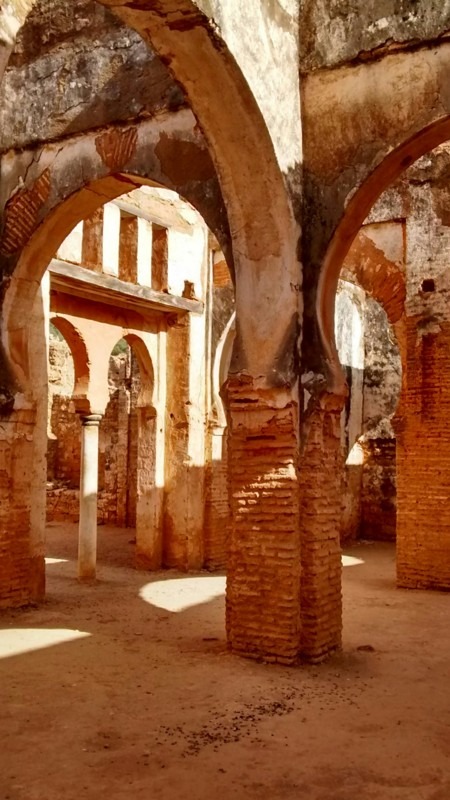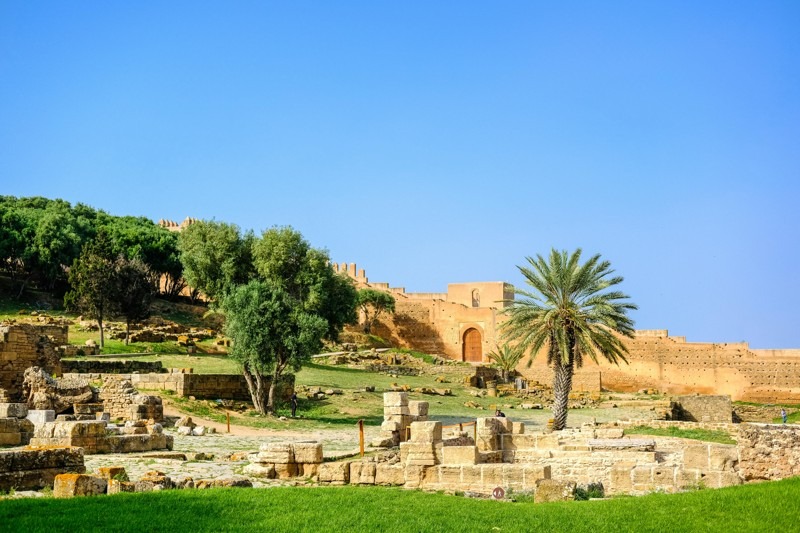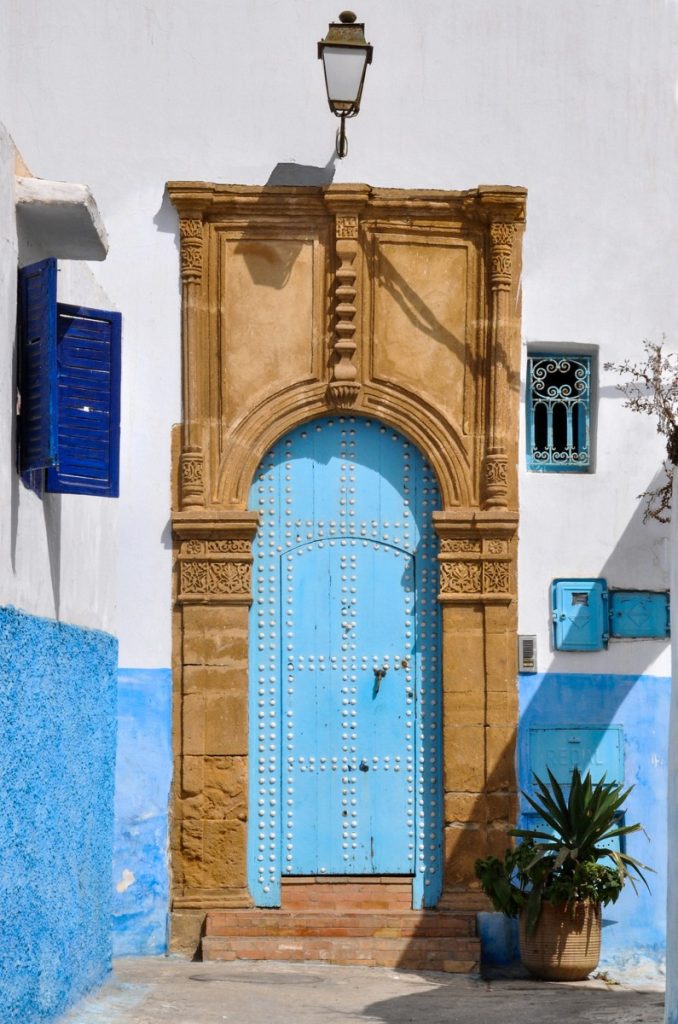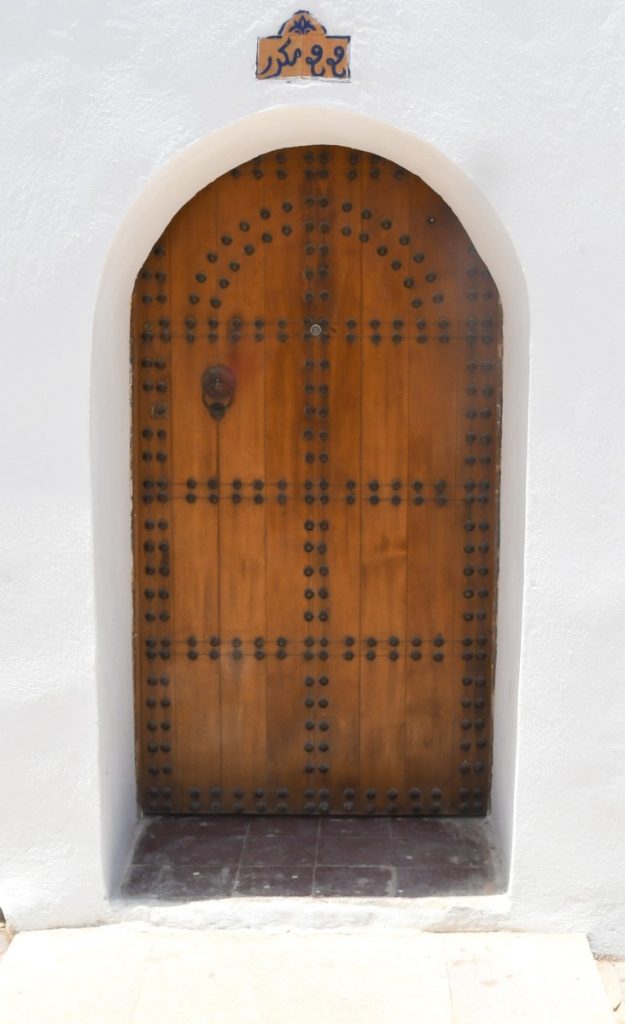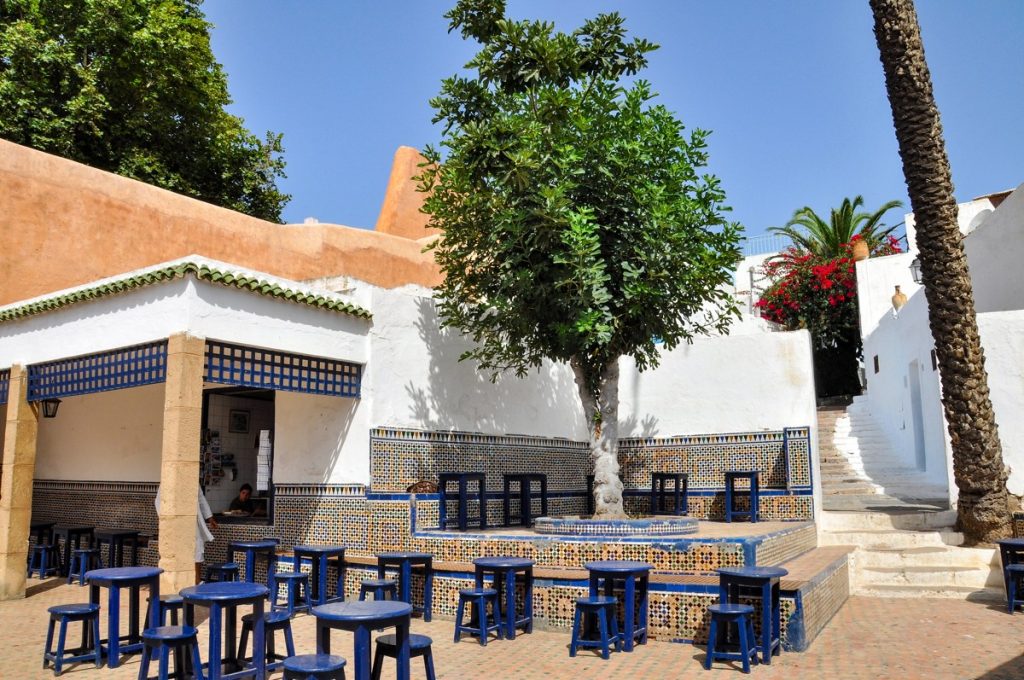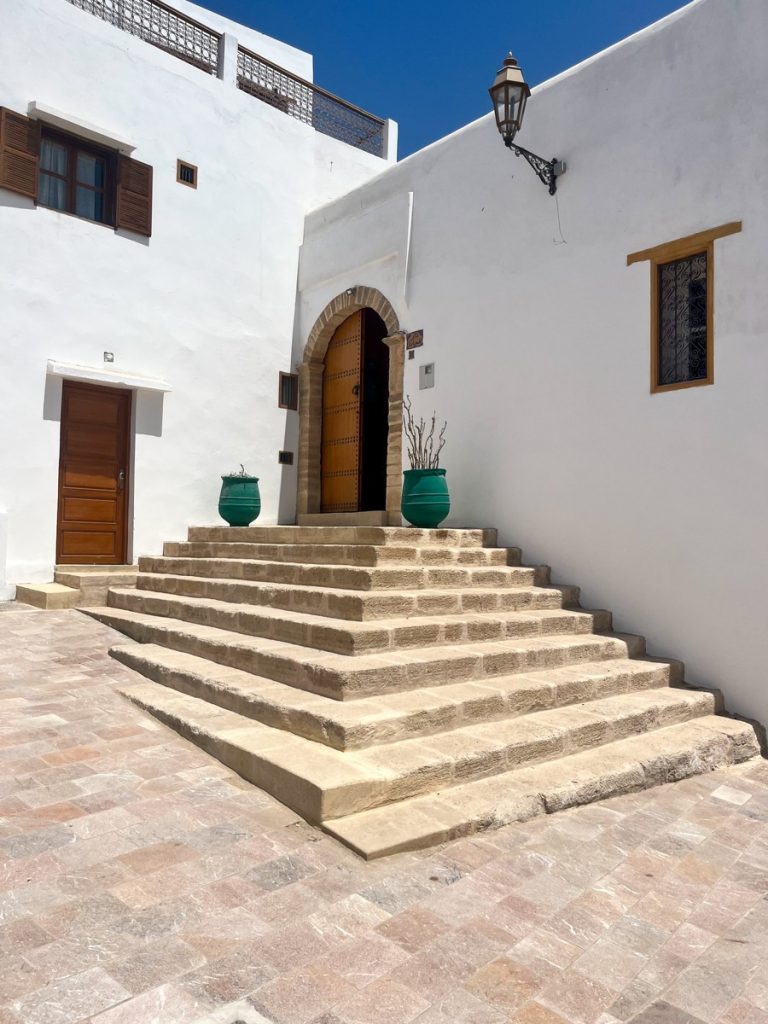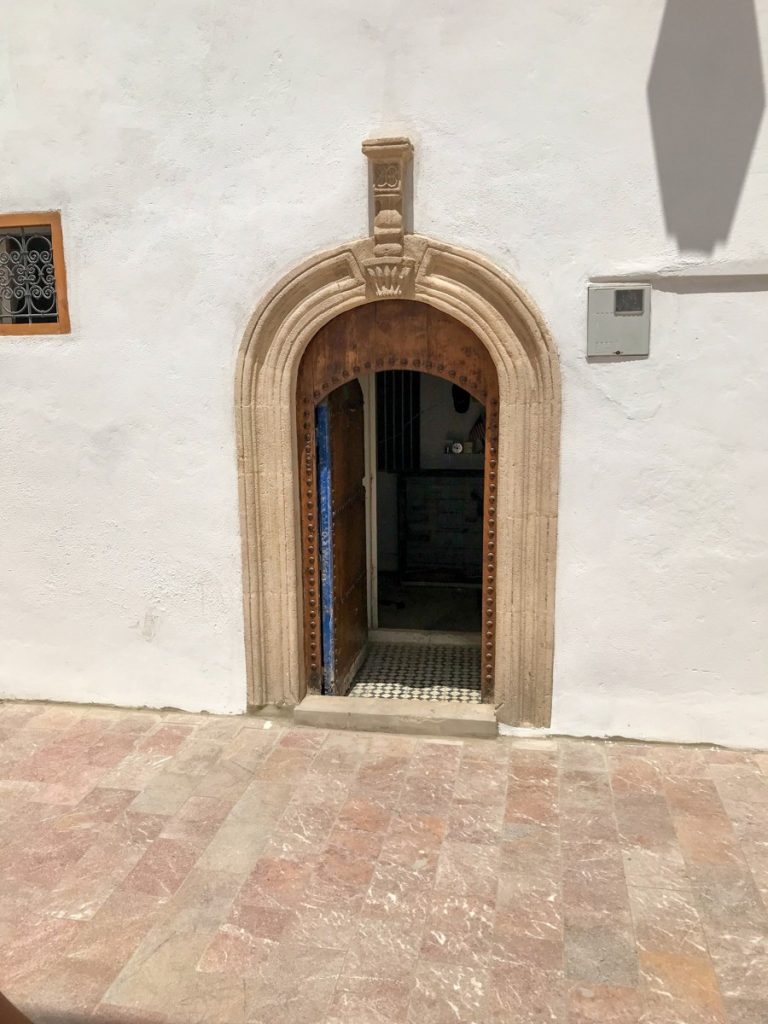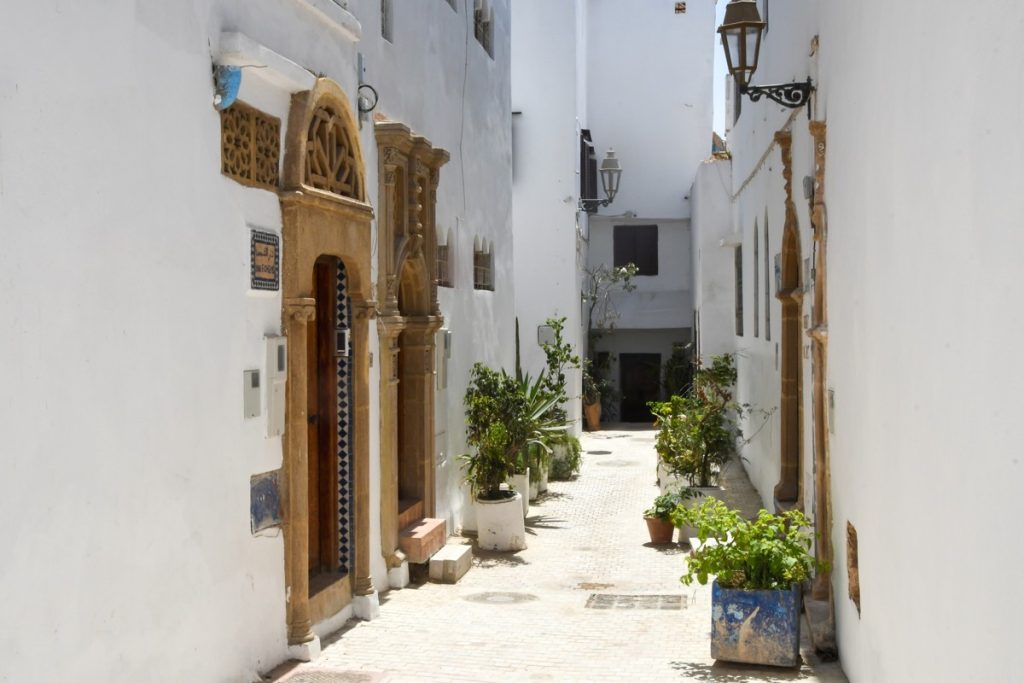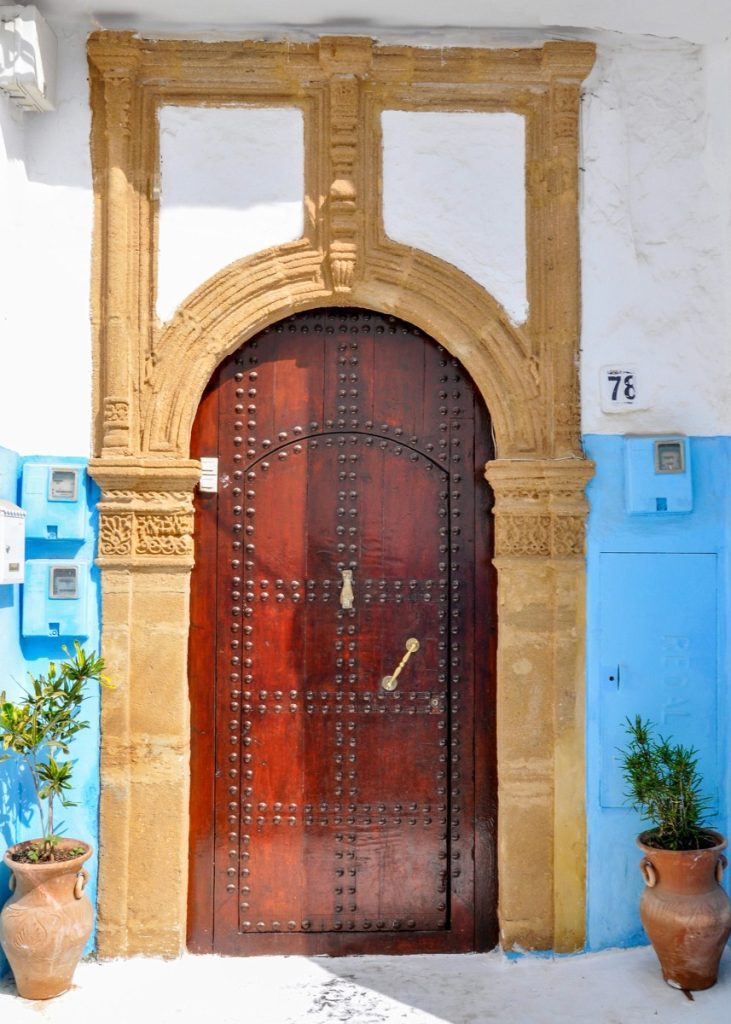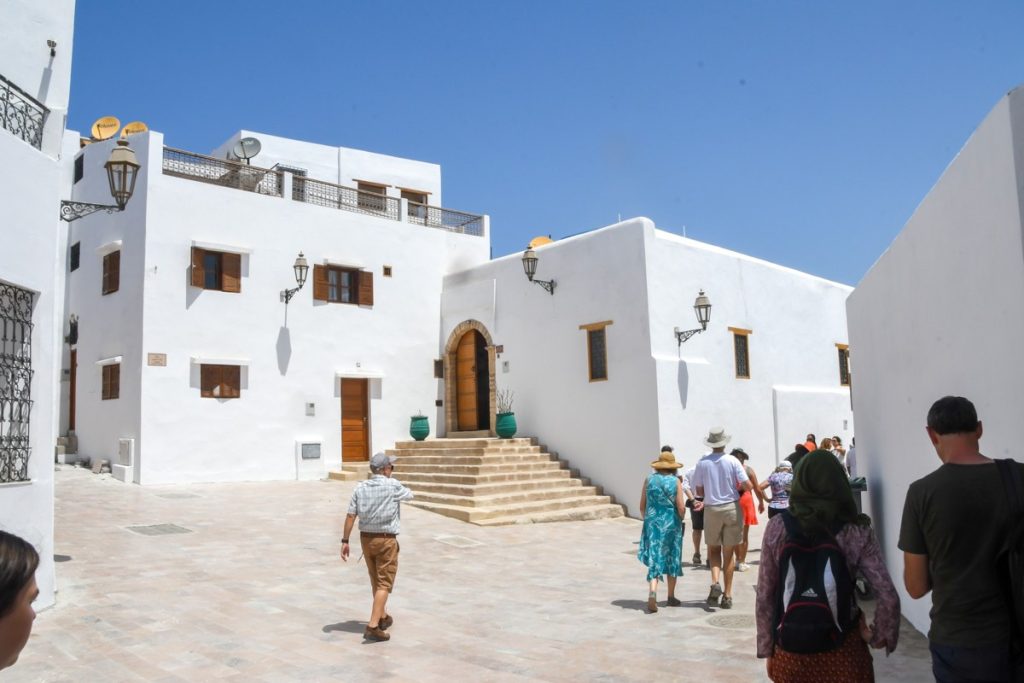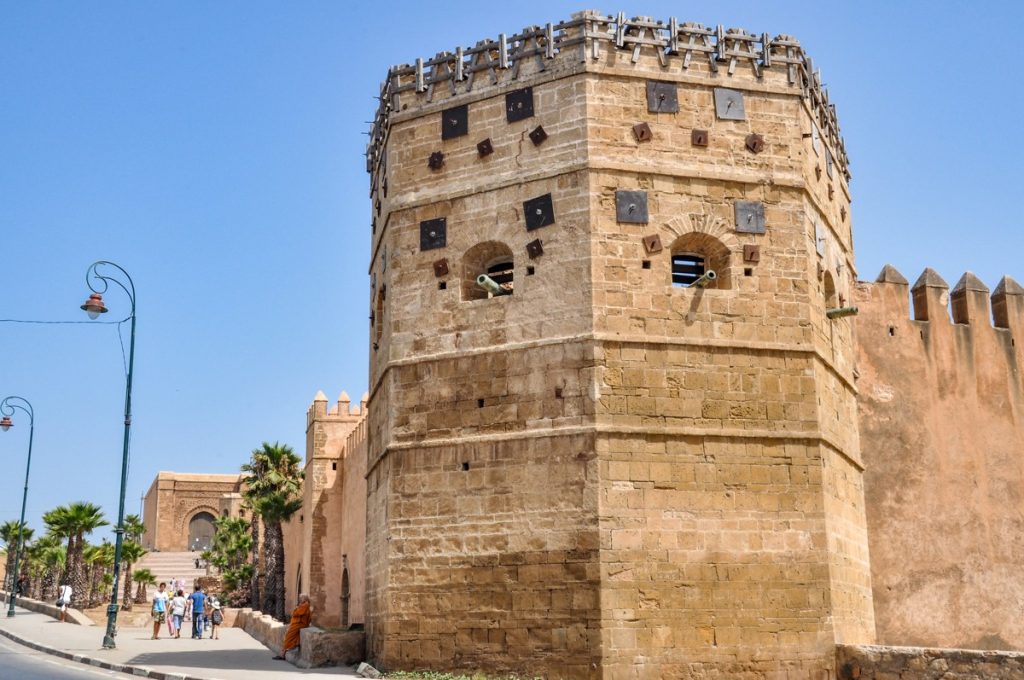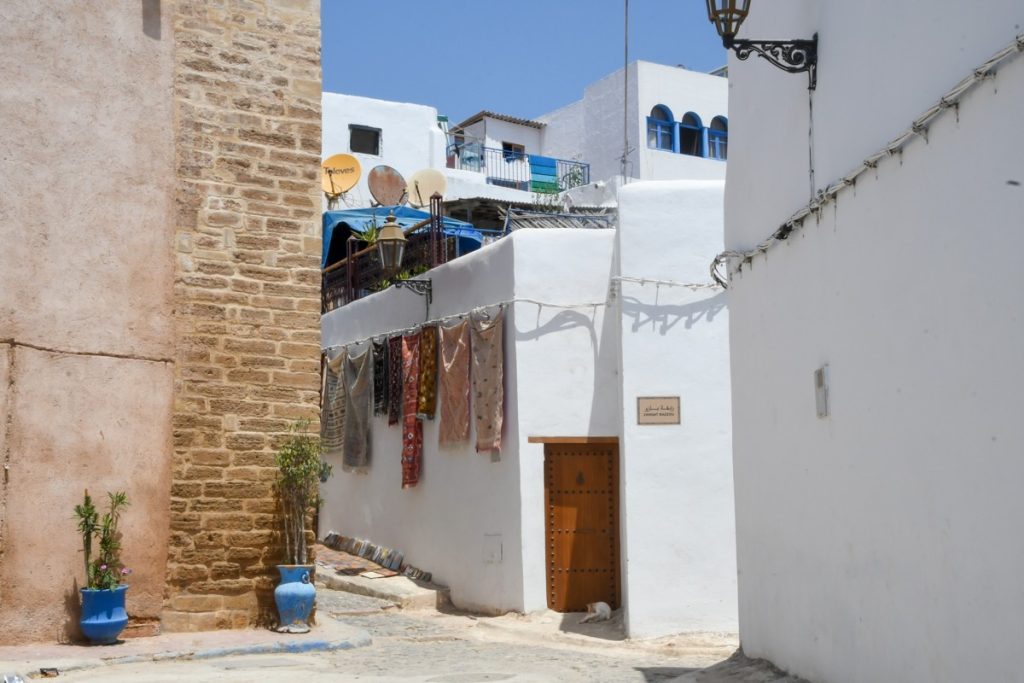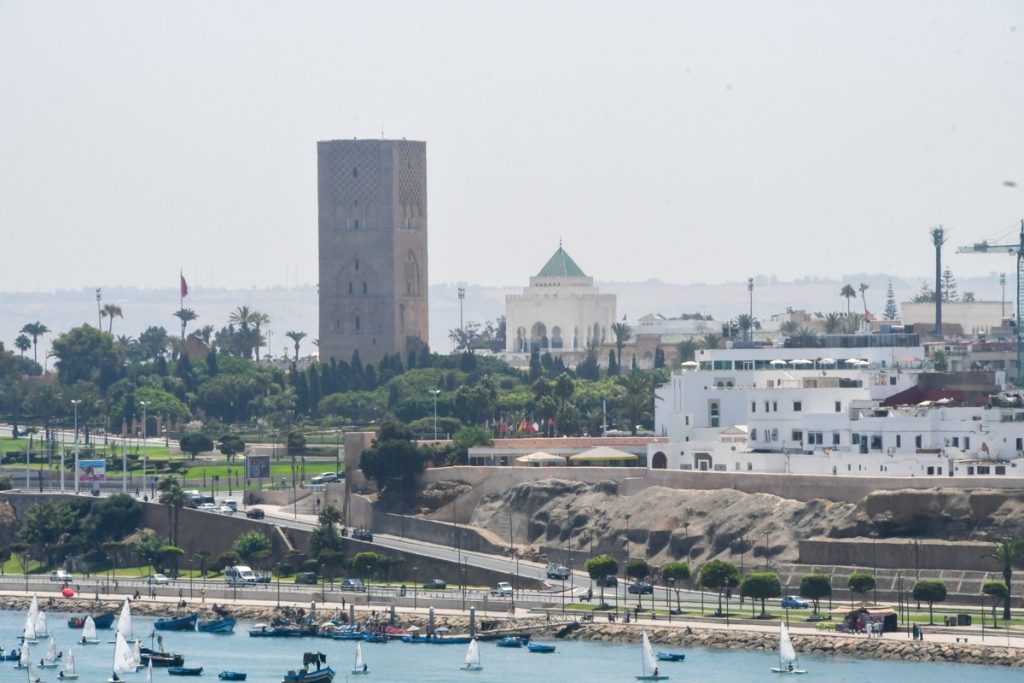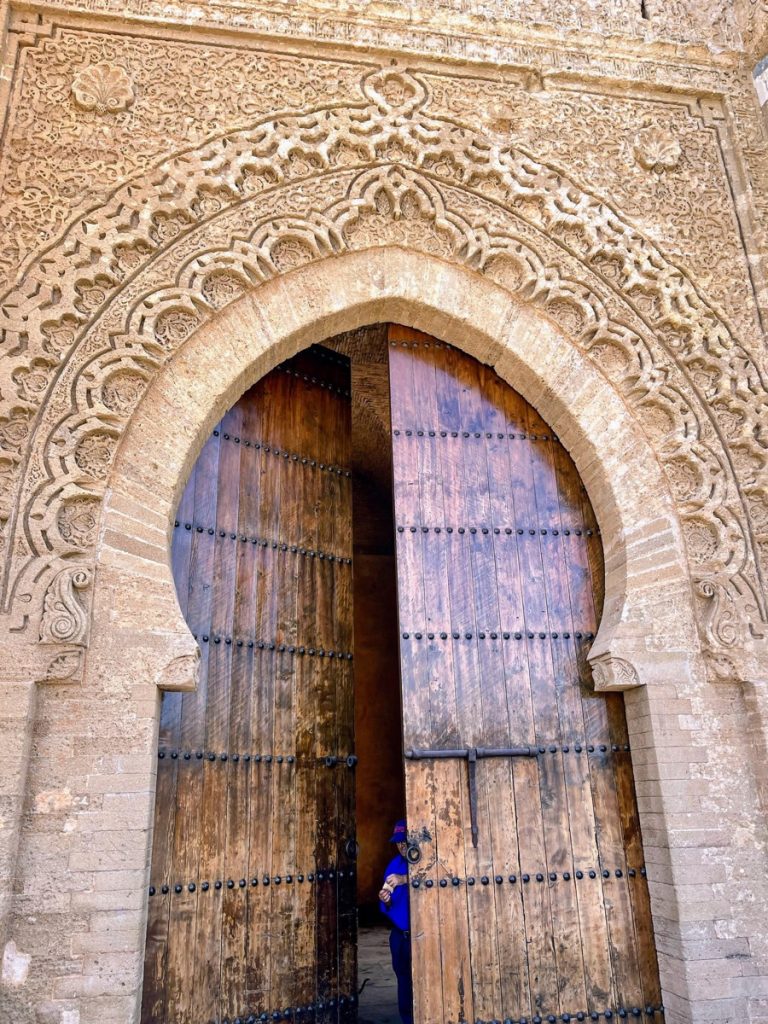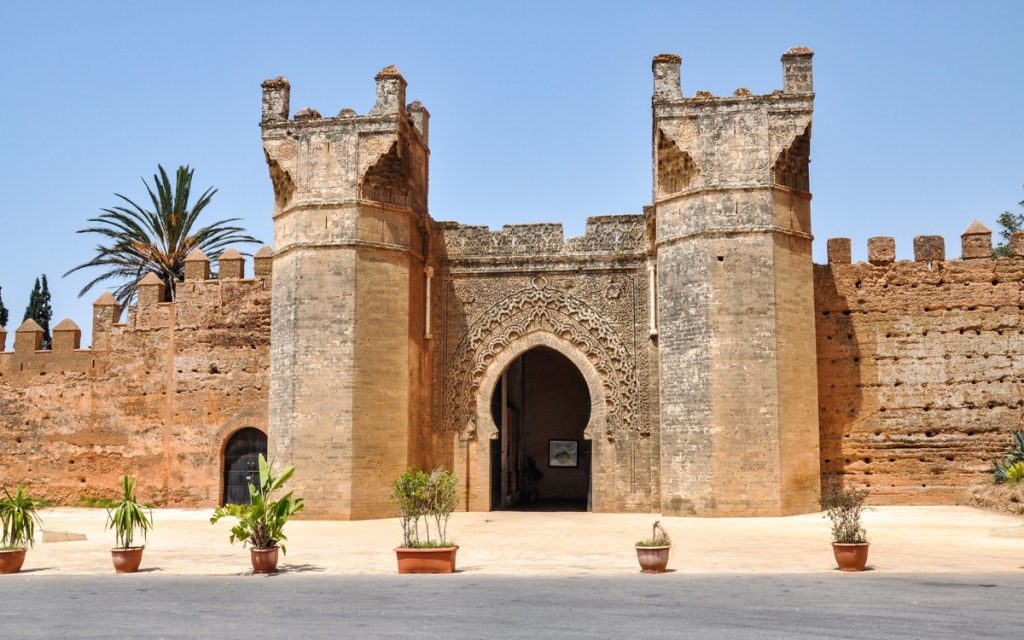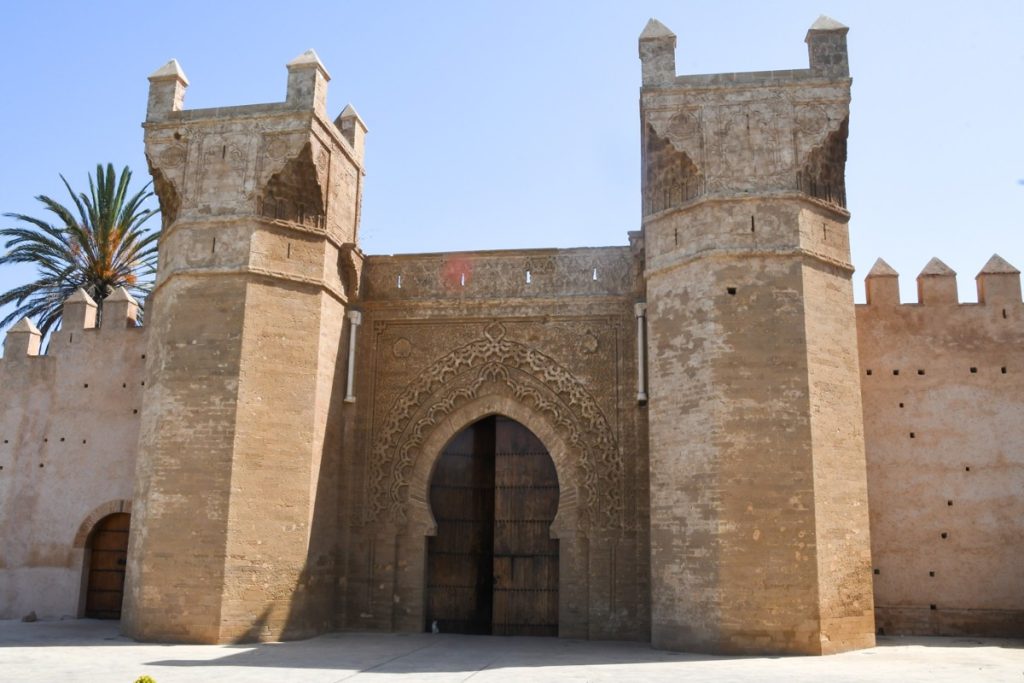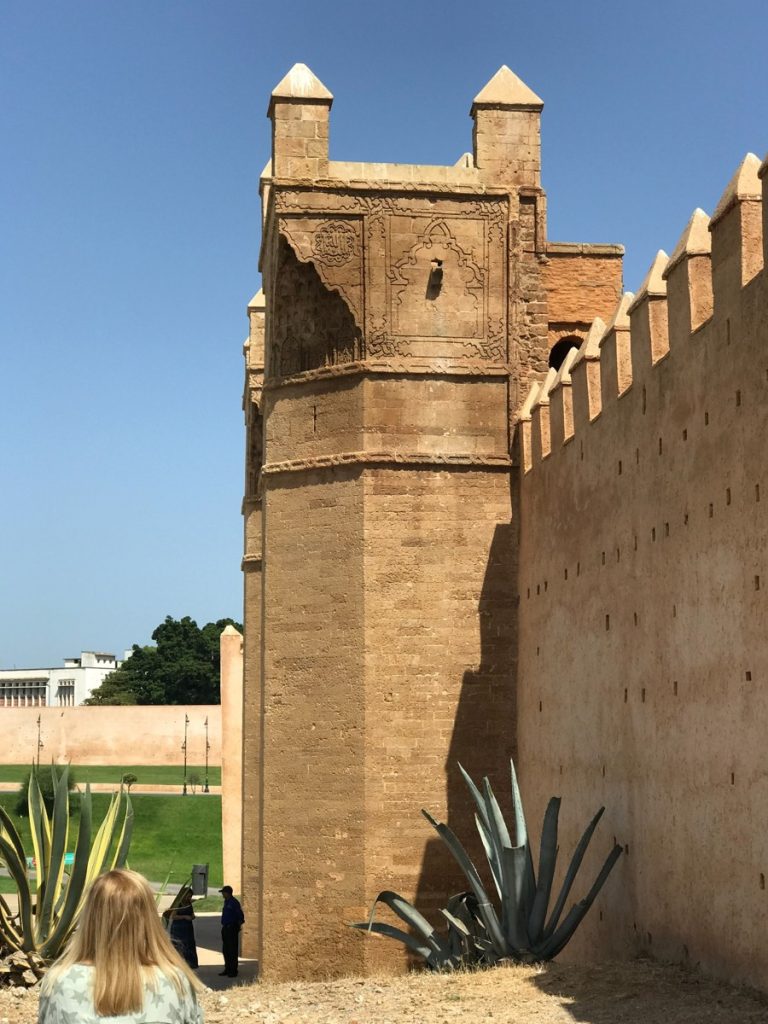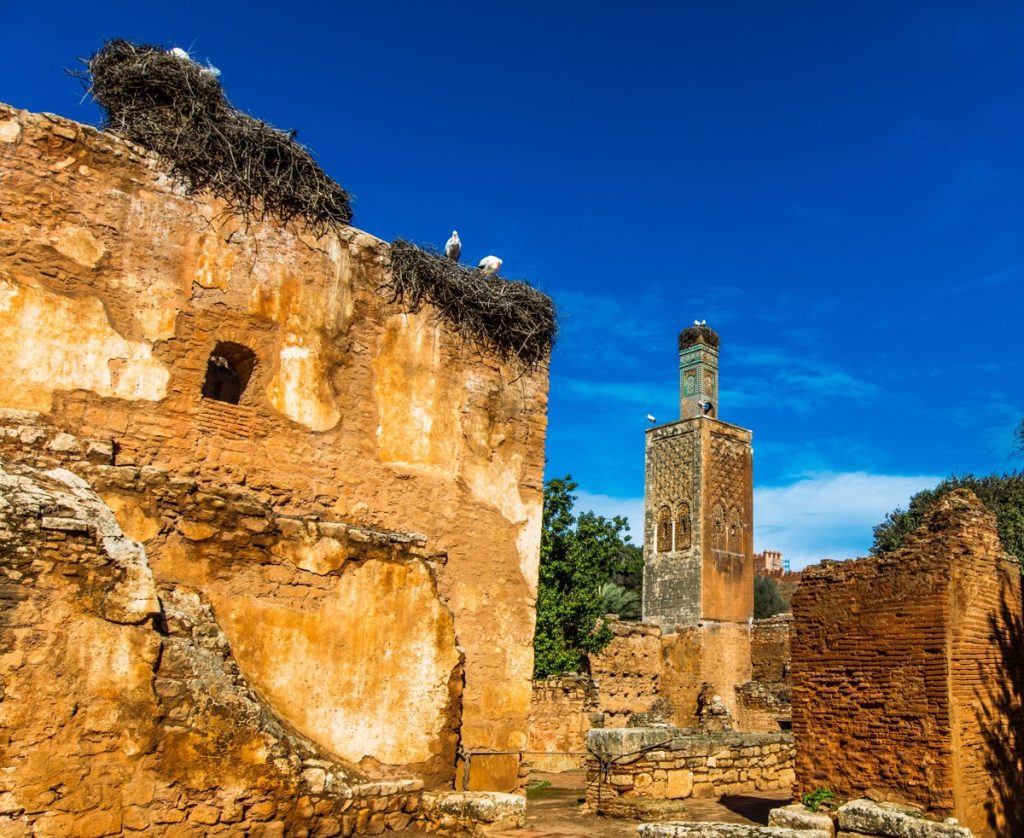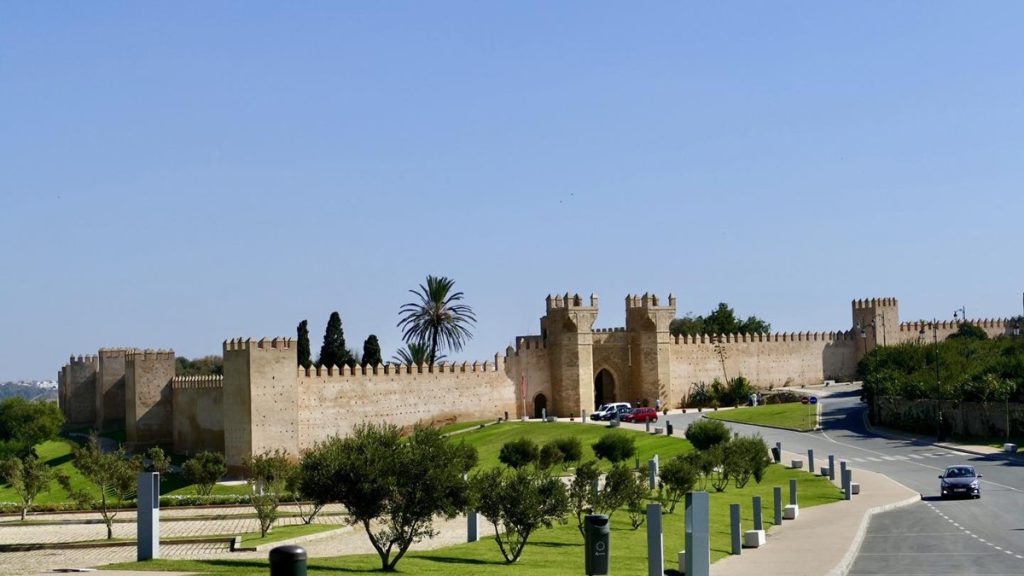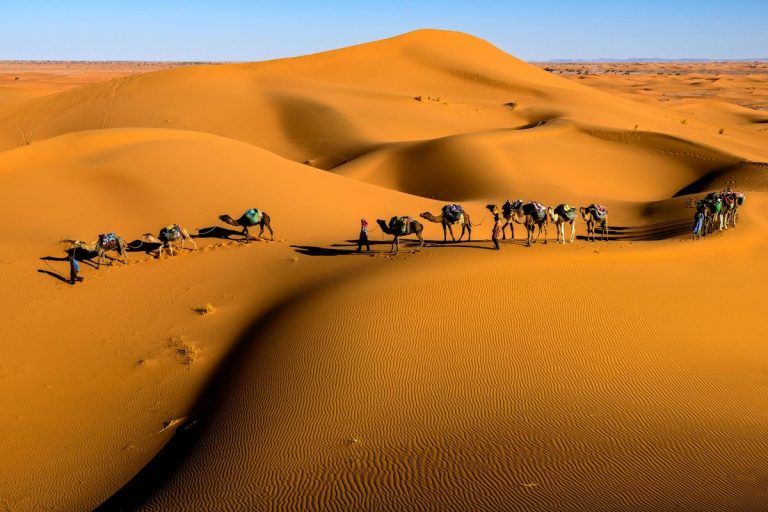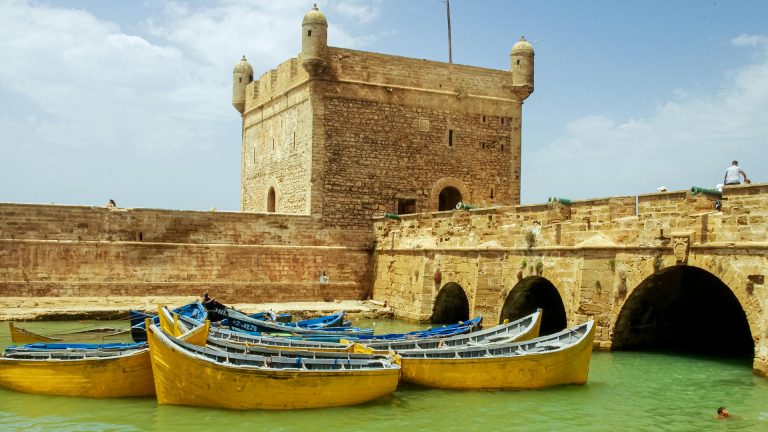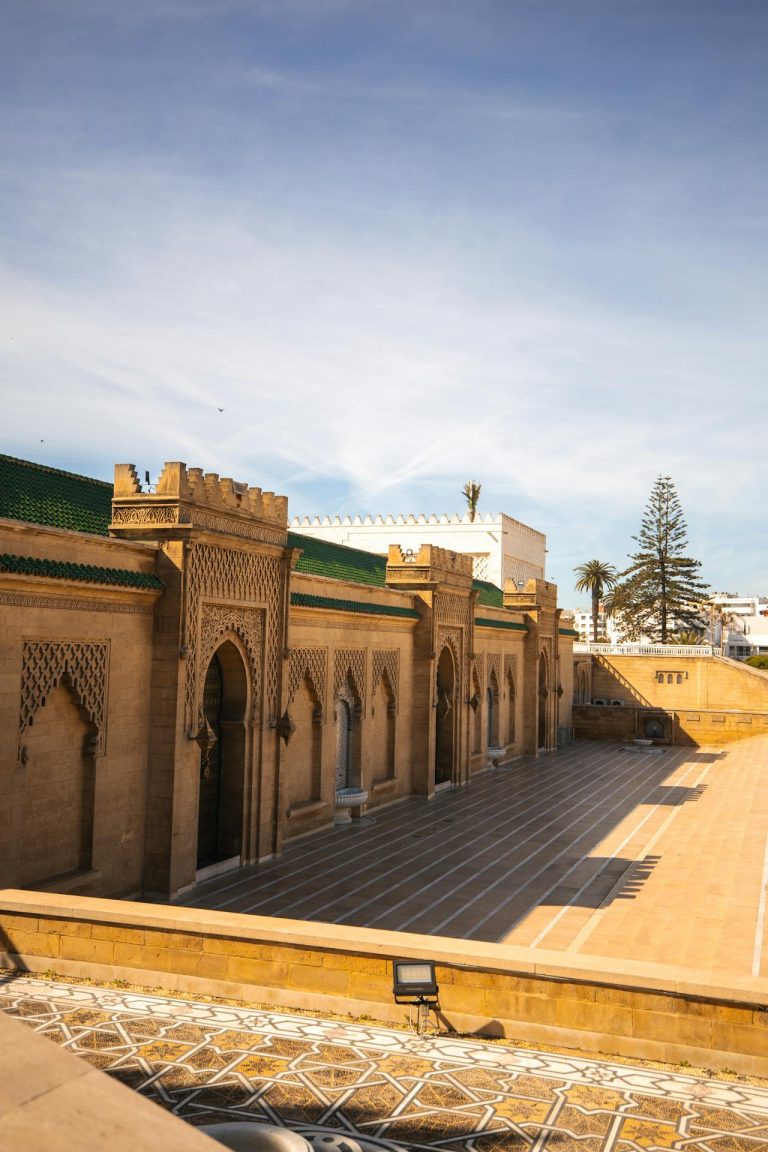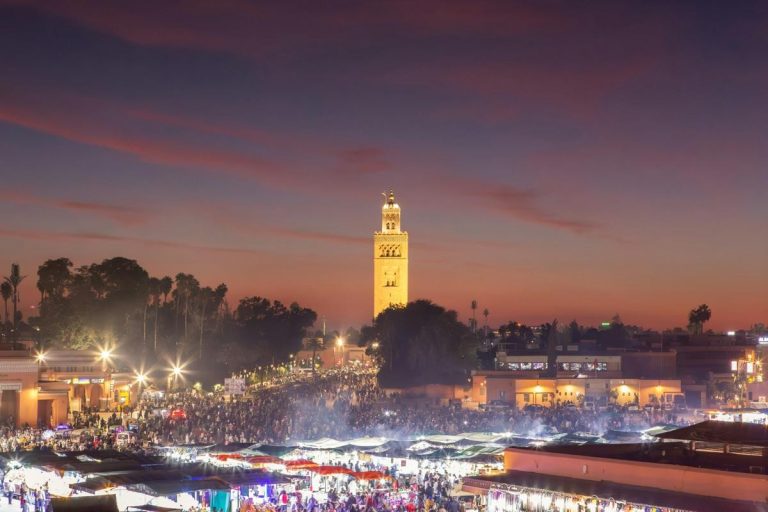Rabat Among Top Five Global Destinations
Rabat among the top five global destinations — it sounds almost surreal when you first hear it, doesn’t it? But there’s something deeply satisfying (dare I say, validating?) about seeing Morocco’s often-overlooked capital finally getting the international recognition it has deserved for years. While Marrakech has long captured the world’s imagination with its bustling medinas and Fez has enchanted visitors with its maze-like ancient quarters, Rabat has quietly been evolving into something quite extraordinary. And now National Geographic has noticed, ranking this Atlantic coast jewel as the fifth-best place to visit in 2026.
I remember my first visit to Rabat twenty-three years ago — back then, it felt almost sleepy compared to its more famous Moroccan siblings. The pace was different. Gentler, maybe. But even then, walking through the Casbah of Oudaya at sunset, watching the light play off the blue-and-white painted walls while the Atlantic crashed against the rocks below, I knew this city held secrets that deserved to be discovered. Fast forward to today, and Rabat has transformed itself without losing that essential character, that particular quality of being simultaneously ancient and startlingly modern.
Why Go: Experience an Age-Old City Now on the Rise
Here’s what makes Rabat so compelling right now: it’s managed to embrace modernity while keeping one foot firmly planted in its thirteen-century history. You can literally walk from the 12th-century Casbah of Oudaya — with its narrow alleyways that smell of jasmine and sea salt — onto the broad, tree-lined boulevards of the Ville Nouvelle, where French colonial-era buildings now house some of the most stylish boutiques and restaurants you’ll find anywhere in Morocco. This isn’t gentrification in the harsh sense we’ve come to know; it’s evolution that respects the past.
The Atlantic Ocean shapes everything here in ways both obvious and subtle. Unlike the desert heat of Marrakech or the Mediterranean warmth of Tangier, Rabat’s coastal climate creates this perpetually pleasant atmosphere — especially welcome if you’re someone who wilts in extreme temperatures (I certainly do). The ocean breezes keep summer bearable and winter mild, which means you can explore comfortably year-round. Local Rabatis take full advantage, spending evenings strolling along the Corniche or gathering in cafés that overlook the Bou Regreg River.
But it’s the juxtaposition of old and new that really catches you off guard. The city’s newest architectural marvels aren’t trying to erase history — they’re in conversation with it.
Architectural Wonders That Defy Expectation
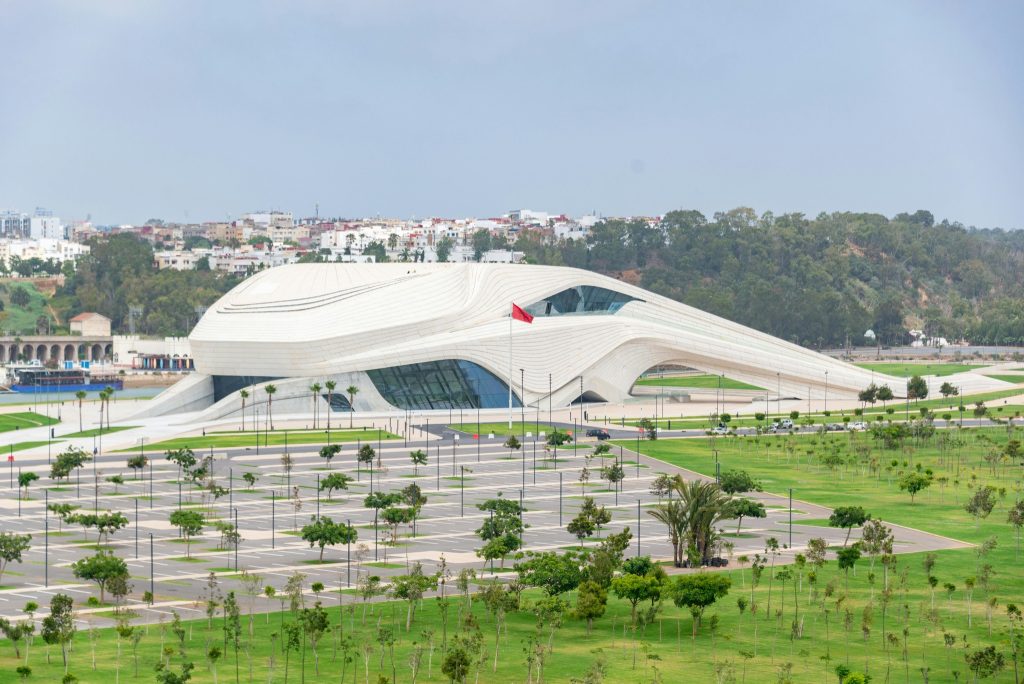
Let’s talk about Zaha Hadid’s Royal Theater of Rabat, because honestly, the first time I saw it, I stood there for a good ten minutes just… staring. The building seems to flow like water frozen mid-movement, its curves inspired by the twists and turns of the Bou Regreg River itself. It’s neo-futuristic in the truest sense — not cold or alienating, but organic, almost alive. Hadid, who sadly passed before seeing its completion, designed it to mirror the natural landscape, and somehow it works. The theater doesn’t clash with Rabat’s historical architecture; instead, it creates this fascinating dialogue between centuries.
Then there’s the Mohammed VI Tower, which dominates the skyline like a sleek rocket poised for launch. Morocco’s tallest building at over 250 meters, it’s become an instant landmark — the kind of structure that reorients your sense of the city. I was skeptical at first, I’ll admit. Another glass tower? But up close, the design is more nuanced than it appears from a distance. The Waldorf Astoria Rabat Salé occupies the upper floors, and the views… well, they’re ridiculous. On clear days, you can see Casablanca in one direction and the Atlantic stretching endlessly in the other.
These aren’t just vanity projects; they signal Rabat’s ambition to position itself as a 21st-century capital while honoring its past. It’s a delicate balance, and not every city manages it successfully. But Rabat seems to be getting it right.
Chellah: Where Rome Meets Islam
If you want to understand Rabat’s layered history in a single location, spend an afternoon at Chellah. This site — which recently reopened after extensive restoration — is extraordinary in its complexity. Originally a Roman settlement called Sala Colonia, it was later transformed into a 14th-century Islamic necropolis. Walking through it feels like moving through time itself.
The Roman ruins are fragmentary — columns reaching skyward, bits of mosaic underfoot, the outline of what was once a forum. But then you pass through the monumental gate (which is actually from the Merinid period) and suddenly you’re surrounded by Islamic architecture: minarets, elaborate tilework, pools that once served ritual purposes. Storks nest on top of everything — they’ve claimed Chellah as their own, and their presence adds this unexpected element of life to the ruins.
I always tell people: bring a book, find a shaded spot among the ruins, and just… sit for a while. The gardens are lush, filled with banana trees and flowering plants. You’ll hear the call to prayer from nearby mosques mixing with birdsong and the rustle of leaves. It’s profoundly peaceful in a way that Instagram photos can never quite capture. The restoration work has been thoughtful, preserving the site’s romantic, slightly wild character while making it more accessible to visitors.
Where to Rest Your Head (in Style)
Accommodations in Rabat have taken a significant leap forward in recent years, and two properties stand out dramatically. The Four Seasons Hotel Rabat at Kasr Al Bahr opened in 2024, and it’s something special. This isn’t a cookie-cutter luxury hotel; it’s a reimagined 18th-century sultan’s summer palace. The restoration preserved the historical elements — intricate zellige tilework, carved cedar ceilings, tranquil courtyards with burbling fountains — while incorporating every modern comfort you could want.
The location alone is remarkable: perched along the Atlantic coast with private beach access. You can have breakfast watching waves crash against the rocks, then spend the afternoon at the spa before heading out to explore the city. The restaurant serves both Moroccan and international cuisine, and the chef sources many ingredients from local markets — which means the tagines actually taste like something your Moroccan grandmother might make, not some diluted tourist version.
The Waldorf Astoria, on the other hand, represents the opposite end of the aesthetic spectrum. Situated high in the Mohammed VI Tower, it’s all sleek lines and contemporary design. The rooms are minimalist but warm, with floor-to-ceiling windows that frame the city like living postcards. The views are genuinely breathtaking — sunrise over the city, moonlight on the Atlantic, the glittering lights of the Ville Nouvelle spreading out below. It’s luxury without pretension, though you’ll pay accordingly.
Both properties offer different but equally compelling experiences. The Four Seasons immerses you in traditional Moroccan aesthetics and hospitality; the Waldorf Astoria gives you a cosmopolitan perspective from above. Honestly? If you can manage it, spend a few nights at each. They’ll show you two very different sides of Rabat’s personality.
Art, Culture, and Creative Renaissance
The Mohammed VI Museum of Modern and Contemporary Art deserves more than a cursory visit. This is Morocco’s flagship art institution, and with over 500 works in its collection, it offers a comprehensive overview of modern Moroccan and African art. The museum doesn’t just display art; it contextualizes it within broader African artistic movements and Morocco’s unique cultural position bridging Africa, Europe, and the Arab world.
Hassan Hajjaj’s work particularly captivates me — he’s been called Morocco’s Andy Warhol, though that comparison sells him short. His photographs blend traditional Moroccan visual culture with pop art aesthetics, creating something entirely new. Models dressed in traditional djellabas pose against backgrounds of colorful Moroccan patterns and soda cans; it’s playful and subversive and deeply rooted in local culture all at once. The museum regularly features his work alongside other contemporary Moroccan artists who are gaining international recognition.
What’s exciting is that this isn’t just a museum for tourists — locals actually use it. On weekends, you’ll see Rabati families with children, students sketching in the galleries, young couples on dates. Art is being woven into the daily life of the city in ways that feel organic rather than forced.
Why was Rabat ranked fifth among the best global destinations worth visiting for the year 2026?
National Geographic’s recognition stems from a confluence of factors that make this particular moment ideal for visiting Rabat. UNESCO’s designation of the city as the 2026 World Book Capital plays a significant role — throughout the year, bibliophiles will find an abundance of readings, literary festivals, author talks, and book-related events at venues ranging from the National Library to independent bookshops tucked into the medina’s side streets.
This literary focus aligns perfectly with Rabat’s character as Morocco’s intellectual and administrative capital. The city has always attracted thinkers, writers, and artists, and 2026 will amplify that energy considerably. Expect pop-up libraries in unexpected places, late-night reading marathons in cafés, multilingual poetry slams, and exhibitions celebrating both Arabic literature and French literary traditions (Morocco’s bilingual heritage means both languages thrive here).
But beyond the UNESCO designation, Rabat earned its spot through sustained investment in infrastructure and cultural offerings while maintaining authentic character. Too many cities modernize by erasing their past; Rabat is modernizing by celebrating and building upon its history. The recent restoration of Chellah, the opening of world-class hotels, the completion of iconic architectural projects — these developments signal a city coming into its own without selling its soul to mass tourism.
Additionally, Rabat remains refreshingly uncrowded compared to Marrakech or Fez. You can actually experience Moroccan culture without fighting through tour groups or being constantly hassled by aggressive merchants. The tourism infrastructure exists — good hotels, excellent restaurants, knowledgeable guides — but it hasn’t overwhelmed the city’s essential character. For travelers seeking authentic experiences without sacrificing comfort, that balance is increasingly rare and valuable.
Navigating the Neighborhoods: Where to Go and What to Expect
The Casbah of Oudaya might be 12th century, but it feels timeless in the best way. The iconic blue-and-white color scheme (adopted centuries ago, possibly to repel mosquitoes, though stories vary) creates this almost Mediterranean atmosphere. The alleyways are narrow and winding — bring comfortable shoes and a willingness to get slightly lost. That’s half the charm.
Inside the Casbah, you’ll find the Andalusian Gardens, a peaceful oasis with geometric plantings and shaded walkways. The adjacent café serves traditional mint tea with views overlooking the Bou Regreg River and its sister city, Salé, on the opposite bank. Sit for an hour watching boats pass by while drinking impossibly sweet tea from glasses that are always filled to the brim (Moroccan hospitality demands it). This is where you start to understand Rabat’s pace — unhurried, contemplative, humane.
The Ville Nouvelle presents a stark contrast. These wide boulevards were laid out during the French Protectorate era with military precision, lined with palm trees and grand colonial-era buildings. Avenue Mohammed V serves as the main artery, connecting the old city to the new. Here you’ll find high-end boutiques, French bakeries (the croissants are excellent, thanks to Morocco’s colonial legacy), and sidewalk cafés where businesspeople meet for coffee and pastilla.
Don’t skip the Hassan Tower and Mausoleum of Mohammed V complex. The tower is an unfinished minaret from the 12th century — construction stopped when the sultan died, leaving this magnificent stone column standing among rows of columns that were meant to support a massive mosque. The modern mausoleum housing King Mohammed V and his sons Hassan II and Prince Abdallah is a masterpiece of modern Moroccan architecture, with stunning tilework and carved details. Guards in traditional dress stand watch, adding ceremonial gravity to the space.
Food: Where Tradition Meets Innovation
Rabat’s food scene has quietly become one of Morocco’s best, though it doesn’t shout about it the way some cities do. The coastal location means exceptional seafood — grilled sardines are a local specialty, served whole with bread and salad for a few dirhams at humble restaurants near the port. Don’t be fooled by the casual setting; these preparations can rival anything you’d pay ten times as much for elsewhere.
For something more refined, Le Dhow — a restaurant aboard a boat moored on the Bou Regreg — serves contemporary Moroccan cuisine with French influences. The setting is romantic in an understated way: wooden deck, gentle water beneath you, Rabat’s lights reflected in the river. The seafood bastilla here is exceptional, layers of crispy pastry filled with fish, almonds, and subtle spices that somehow work together perfectly.
For casual meals, explore the streets around Rue des Consuls in the medina, where small restaurants serve home-style cooking — tagines simmered for hours, tender lamb with prunes, couscous on Fridays (the traditional day for it). These aren’t tourist restaurants; you’ll be eating alongside local families, which is always a good sign. The proprietors are usually happy to explain dishes and make recommendations, especially if you show genuine interest.
And please, please try the street food. Grilled corn vendors set up near the beach in the evenings, selling sweet corn roasted over charcoal and slathered with butter and spices. M’smen (square Moroccan pancakes) are fried to order at breakfast stalls and served with honey or cheese. These aren’t just snacks; they’re essential parts of Rabat’s culinary identity, passed down through generations.
Practical Considerations and Honest Advice
Let’s address some practicalities that guidebooks often gloss over. First: language. Arabic and French dominate here, with French especially prevalent in business and tourism contexts. English is growing but not universal. Learn a few Arabic phrases — basic greetings go a long way toward positive interactions. Most hotel staff and tour guides speak good English, but in smaller shops and restaurants, French will serve you better.
Getting around is straightforward. Taxis are plentiful and inexpensive — use the petit taxis (small taxis, usually blue) for within the city, and insist the driver uses the meter or agree on a price before starting. The new tram system connects major neighborhoods efficiently and costs just a few dirhams. For day trips to nearby cities like Casablanca or Meknes, trains are modern, comfortable, and remarkably punctual.
Dress code: Rabat is more conservative than Casablanca but more relaxed than rural areas. Women don’t need to cover their heads, but modest clothing (covering shoulders and knees) shows respect and will make your experience more comfortable. Men can wear shorts in tourist areas, though long pants are more common among locals.
Safety-wise, Rabat is one of Morocco’s safest cities. Violent crime against tourists is rare. The usual precautions apply — don’t flash expensive jewelry, keep valuables secured, be aware of your surroundings. Women traveling alone report feeling generally comfortable, though unwanted attention can occur. A firm but polite “non, merci” usually suffices.
Money matters: ATMs are widespread and generally reliable. Credit cards work at hotels, upscale restaurants, and larger shops, but carry cash for markets, street food, and small establishments. The dirham isn’t available outside Morocco, so exchange money upon arrival at the airport (rates are fair, despite what travelers’ lore suggests).
When to Visit and What to Avoid
Spring (March through May) and fall (September through November) offer ideal weather — warm but not oppressive, with long sunny days perfect for exploration. Summer can be hot, though the ocean breeze makes it more bearable than inland cities. Winter is mild with occasional rain; pack a light jacket and you’ll be fine.
Ramadan deserves special mention. During this month, Muslims fast from dawn to sunset, which affects restaurant hours and general atmosphere. Many places catering to tourists remain open during the day, but you’ll find reduced options and should eat discreetly out of respect. However, experiencing iftar (the sunset meal breaking the fast) can be magical — the city comes alive with energy and celebration. Streets fill with people, special foods appear, and there’s this palpable sense of community and joy.
Given the 2026 World Book Capital designation, expect elevated hotel prices and fuller accommodations around major literary events. Book well in advance if you’re planning to attend specific festivals or readings. The literary calendar will be packed throughout the year, so check the UNESCO World Book Capital website for the most current schedule.
Day Trips Worth Taking
While Rabat deserves several days minimum, its location makes excellent day trips possible. Casablanca lies just an hour away by train — visit the Hassan II Mosque, one of the world’s largest and most architecturally stunning mosques (one of the few in Morocco that non-Muslims can enter). The guided tours offer fascinating insights into Islamic architecture and Moroccan craftsmanship.
Meknes and Volubilis make a combined day trip that’s well worth the effort. Meknes, another of Morocco’s imperial cities, features impressive city gates and the elaborate Mausoleum of Moulay Ismail. Volubilis preserves Morocco’s best Roman ruins, with extensive mosaics still in place. Standing among these ruins, you get a sense of Morocco’s deep connections to Mediterranean civilizations stretching back millennia.
For beach lovers, Plage de Témara lies about 15 kilometers south. This long stretch of sand is popular with local families on weekends but relatively quiet during the week. The beach shacks serve fresh grilled fish and cold drinks — simple pleasures executed well.
Shopping Without the Pressure
Rabat’s souks are notably more relaxed than Marrakech’s notorious pressure-cooker markets. The main souk near Rue Souika still buzzes with activity — vendors selling spices, leather goods, traditional clothing, argan oil products — but the aggressive sales tactics that plague some tourist markets are largely absent here. You can browse without constant harassment, which makes shopping actually enjoyable.
For higher-end shopping and contemporary design, explore the boutiques in Agdal and Hassan neighborhoods. You’ll find Moroccan designers creating modern interpretations of traditional crafts — jewelry, ceramics, textiles, home goods. These aren’t mass-produced tourist souvenirs; they’re well-designed objects that happen to be rooted in Moroccan aesthetic traditions.
The Oudayas cooperative near the Casbah entrance sells authentic Rabat carpets, known for their distinctive geometric patterns and bold colors. These are made by women artisans from the area, and purchasing directly supports their work. Yes, they’re expensive — quality handmade carpets always are — but you’re buying something with genuine cultural value and provenance.
Final Thoughts on an Evolving Capital
What strikes me most about Rabat’s current moment is its self-assurance. The city isn’t trying to be Marrakech or Dubai or Paris. It’s becoming more fully itself — a cosmopolitan African capital that honors tradition while embracing innovation, a place where thirteen centuries of history coexist with cutting-edge architecture, where you can have morning mint tea in a 12th-century casbah and evening cocktails in Africa’s tallest building.
National Geographic’s recognition as a top destination feels both surprising and overdue. Surprising because Rabat has been excellent for years without this acknowledgment; overdue because the city’s particular mix of authenticity, sophistication, and accessibility deserves wider attention. The 2026 World Book Capital designation adds another compelling layer, transforming the city into a literary pilgrimage site for bibliophiles worldwide.
But here’s the thing about Rabat: even with increased recognition, even with new luxury hotels and architectural landmarks, it retains something essential that many destinations lose in pursuit of tourist dollars. It remains a city where real people live real lives, where kids play football in neighborhood squares, where families gather for Friday couscous, where the ocean reminds everyone to slow down and appreciate the moment.
So if you’re considering Rabat for 2026 (and you should be), don’t just tick off the major sites and move on. Stay awhile. Develop a favorite café where they start making your coffee the way you like it without asking. Wander the Casbah at different times of day to see how the light changes. Strike up conversations with locals — many are genuinely curious about visitors and happy to share recommendations. Read a book in Chellah’s gardens. Watch sunset from the Hassan Tower. Eat sardines fresh from the Atlantic. Let the city reveal itself slowly, on its own terms.
That’s when Rabat works its quiet magic — not through spectacular moments that make great photos, but through accumulated experiences that shift your understanding of what a city can be. A place where past and present aren’t at war but in dialogue. Where modernity doesn’t require abandoning tradition. Where you can be both thoroughly Moroccan and completely cosmopolitan.
National Geographic got it right. Rabat deserves this moment. And travelers who make the effort to understand it beyond surface impressions will be rewarded with experiences that linger long after the vacation photos fade. This is Morocco at its most refined and authentic — a capital city finally claiming its place among the world’s essential destinations.
References:
National Geographic. (2026). Best of the World 2026 Travel Destinations. Retrieved from https://www.nationalgeographic.com/travel/article/best-of-the-world-2026


